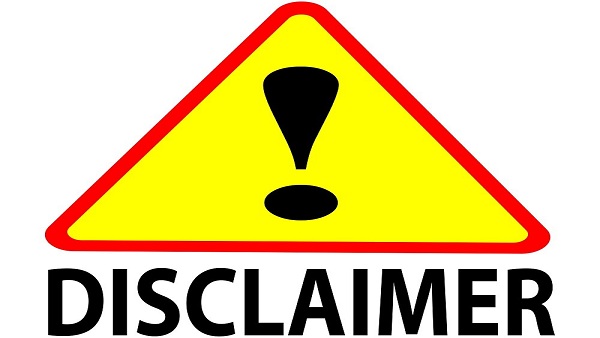Borrowers hasten plans to raise bonds after RBI’s steps to cut easy money, BFSI News, ET BFSI
[ad_1]
Read More/Less
Companies including Indian Railways Finance Corporation, State Bank of India, Punjab National Bank and IndusInd Bank are likely to raise about Rs 15,000 crore in one or two weeks, market sources told ET.
Indian Railways Finance is aiming to raise about Rs 5,000 crore. It is already in talks with the Employees’ Provident Fund Organisation (EPFO) and is also set to hold discussions with potential investors this week.
These borrowers did not reply to ET’s queries. EPFO could not be contacted immediately for comment.
“The company always seeks to rationalise its fund costs, which may rise in coming days,” said a senior executive involved in the matter.
State Bank of India is set to launch its Additional Tier 1 bond sales this week, aiming to raise up to Rs 6,000 crore.
“Changing rate sentiment will drive borrowers to raise money, particularly when the economy is reopening,” said Mahendra Jajoo, chief investment officer – fixed income, at Mirae Asset Investment Manager (India).
It is natural for companies rushing to garner funds before they turn costlier, he said. “Bond Street should witness heightened activities in the coming days.”
The RBI discontinued the Government Securities Acquisition Programme in the last credit policy. It is billed as a step for liquidity normalisation.
The central bank also proposed to conduct the 14-day long-term variable rate reverse repo (VRRR) auctions on a fortnightly basis for a total estimated amount of Rs 25 lakh crore by December 3. This will suck out excess money out of the banking system that has a surplus of Rs 7.83 lakh crore now versus Rs 8.33 lakh crore at the beginning of the month.
“Market is now fairly convinced about RBI’s objective, which in turn is already reflecting in some of the money market rates and benchmark bond yields,” said Ajay Manglunia, managing director – head of institutional fixed income, at JM Financial.
“Borrowers are engaging with arrangers or directly talking to potential investors to raise debt via bonds before the rates start moving one-way northward,” he said.
The benchmark bond yield rose as much as 17 basis points in the past three weeks, raising overall funding costs.
At a 14-day VRRR auction last Friday, the cut-off rate, above which none can bid, yielded almost 4%, on par with the repo at which banks borrow money from the RBI. It was 3.60% in the previous fortnight.
Before that on September 28, the 7-day VRRR cut-off yield came at 3.99%, twisting interest rate sentiment compared with 3.38% the preceding fortnight.
In the past one-week, corporate bond sales totalled just about Rs 1,000 crore, much less than usual volumes. Investors chose to stay off from the bond street ahead of the RBI’s monetary policy that was widely anticipated to spell out a stance on liquidity.
[ad_2]































